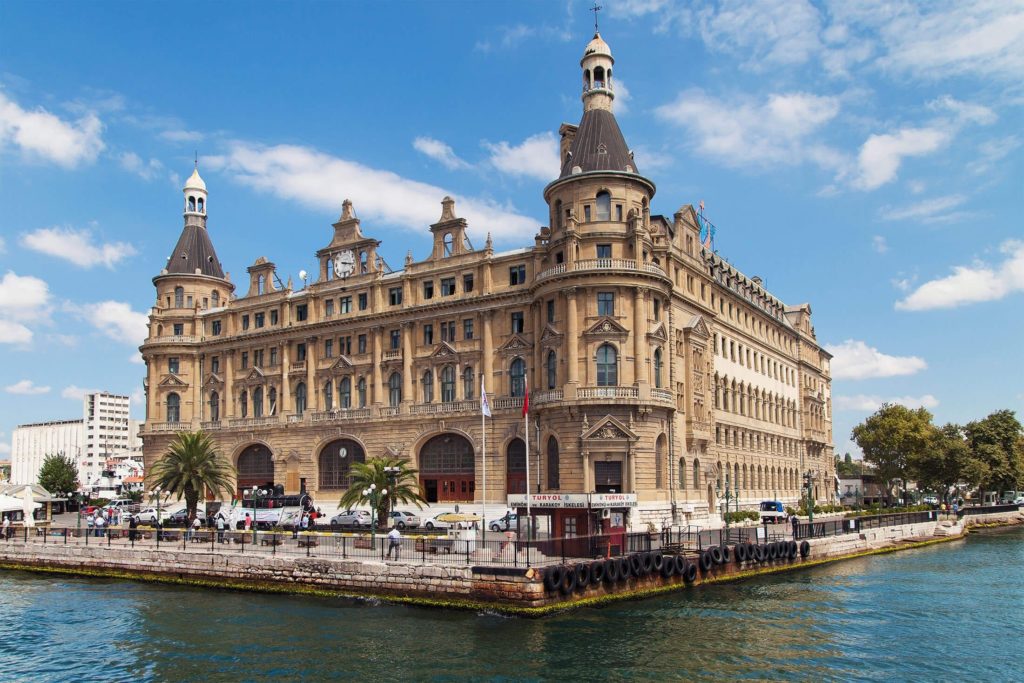Architectural monuments to the greatness of the Ottoman Empire stand, not only throughout Turkey but also throughout the many lands under its rule. The Ottomans were prolific builders and some of their finest works are public buildings such as mosques (cami) and their surrounding külliye (complex) consisting of buildings providing for the welfare of the community such as şifahane (hospital), medrese (college), imaret (alms kitchen), tabhane (guest house) and hamam (Turkish Baths).
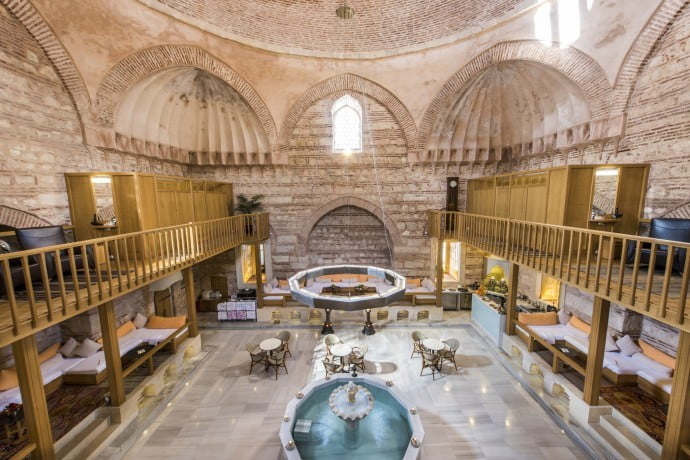
Palaces, bridges, fountains, tombs and kervansarays (traveller’s inns) are also amongst the fine buildings which remain to the present day. The Ottomans were fond of hunting and of spending time outdoors, often with lavish picnics, and you will find wooden köşks (pavilions or summer houses) in many parks and woodlands.
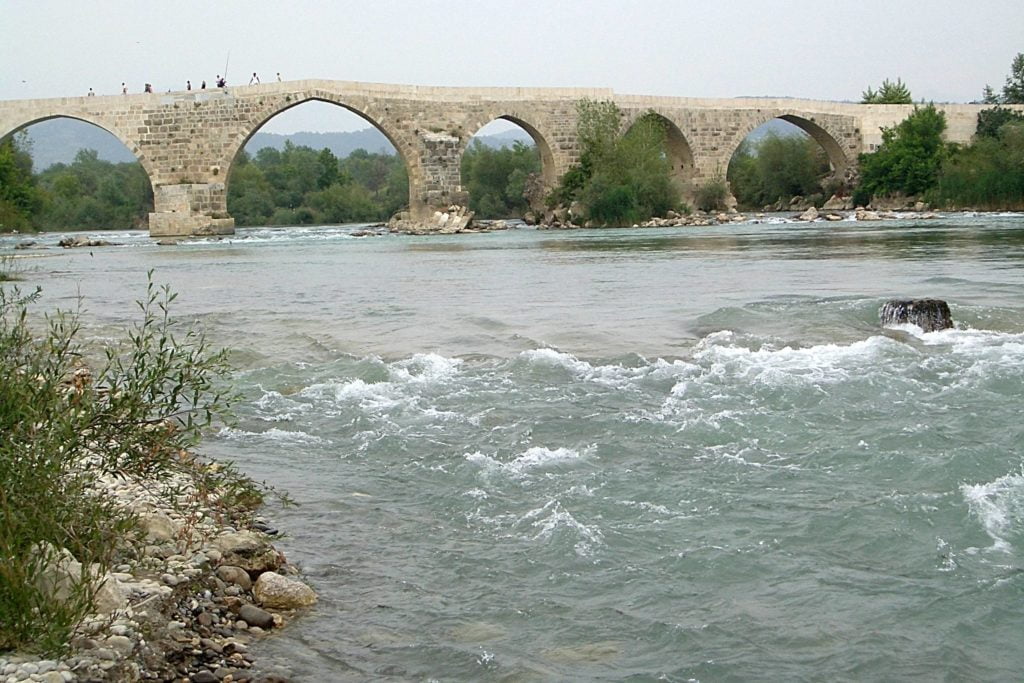
Private houses, amongst which are the konak (mansion) and yalı (summer house, especially those on the shores of the Bosphorus) were traditionally built of wood, with the ground floor and foundations only being built of stone. Some have survived to the present day, despite the fire hazard that their wooden structure posed. Recently, great interest has been shown in their preservation and many of them have been renovated and some converted to hotels and pensions. Typically the upper floors jut out over the street and the windows are obscured by wooden latticework, intended so that the women of the house could look out without being observed.

The houses were planned around a central gallery room, known as a hayat, off which the other rooms opened. The quarters were divided into the harem (the private part of the house only visited by the family and female guests). In grander houses, these two areas would have separate courtyards, sometimes with fountains and ornamental pools.
If you’re a lover of architecture and are planning a visit to Turkey, here’s a quick look at ten unmissable sights to whet your appetite.
Ten unmissable Ottoman sights
Yeşil Cami and Yeşil Türbe (Green Mosque and tombs) – Bursa

Commissioned by Mehmet I in 1412, the Green Mosque is the most significant monument in Bursa and was the first Ottoman mosque where tiles were used extensively as interior decoration, setting an important precedent. The Green Tomb is the tomb of Mehmet I.
Koza Han (Silk Market) – Bursa
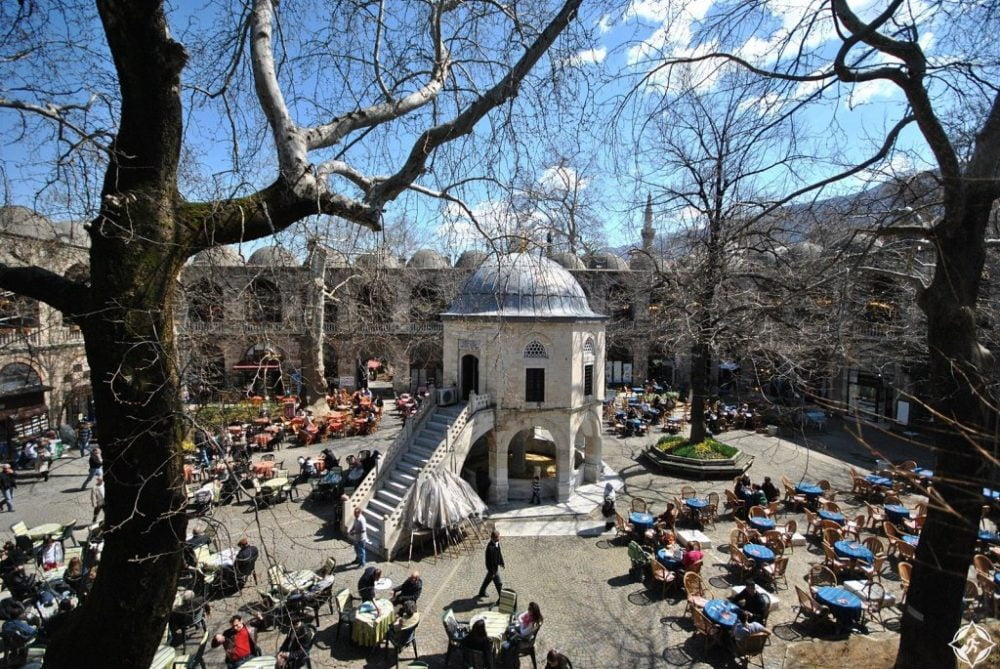
Built in 1491 by Beyazit II as part of the market and covered bazaar area, Koza Han has been central to Bursa’s famous silk trade since that time, trading in silk cocoons as well as the finished product.
Selimiye Mosque – Edirne
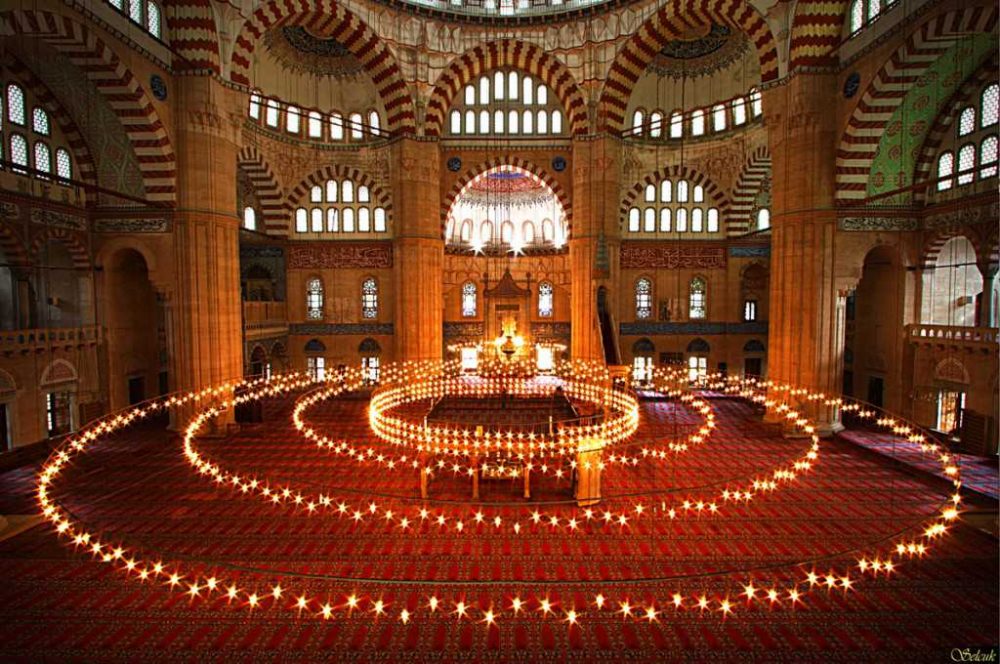
The Selimiye Mosque was built between 1569 and 1575 by the great architect Mimar Sinan for Sultan Selim II, Sinan described it, and in particular, the dome, which is 31.5 metres in diameter, as his masterpiece.
Sultan Beyazid II Mosque – Edirne
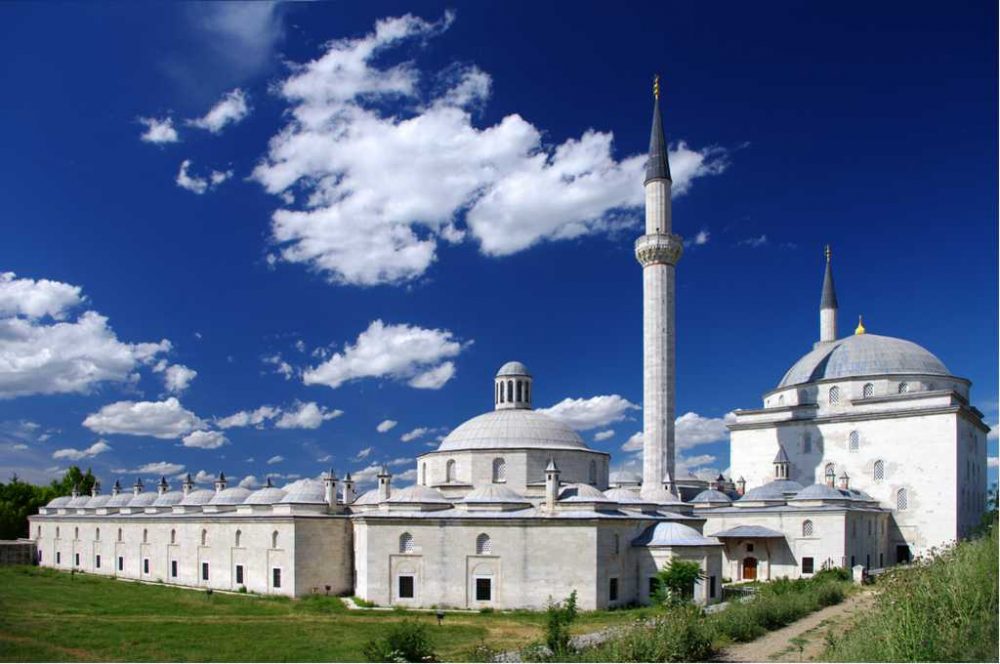
Work began on this mosque in 1484. Designed by the architect Hayrettin, it has a single dome 21 metres in diameter over the prayer hall, and nearly a hundred smaller domes over the buildings of the complex.
Rüstem Paşa Kervansaray – Edirne

Rüstem Paşa Kervansaray is was commissioned by Ottoman statesman and grand vizier Rüstem Paşa and built by court architect Mimar Sinan in 1561. The building is used today as a hotel with 110 rooms after two years of redevelopment.
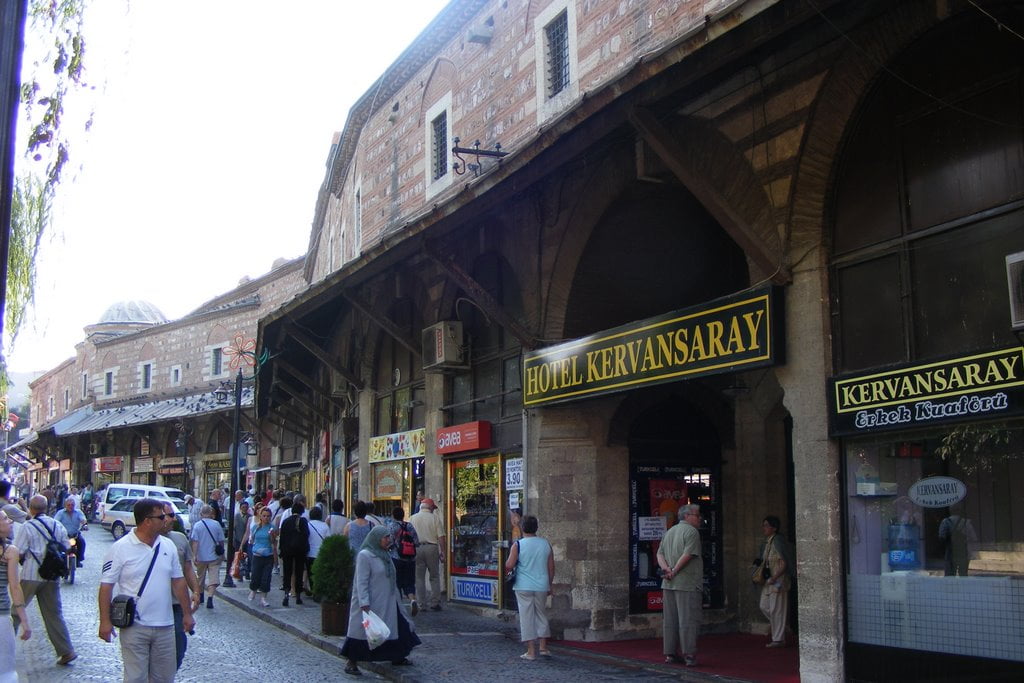
Dolmabahçe Palace – Istanbul
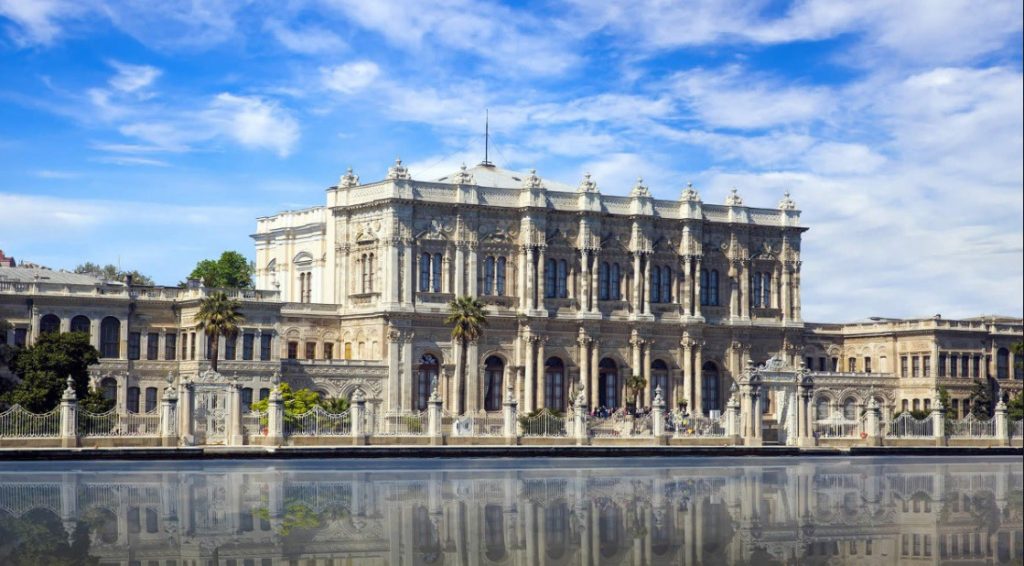
One of the last great buildings of the Ottoman area, the extravagant Dolmabahçe Palace, which replaced Topkapı as the home of the sultans, was completed in 1856 on the orders of Sultan Abdül Mecit. It was designed by the most famous architects of the time, Karabet Balyan and his son Nikoğos. Some say it is one of the most glamorous palaces in the world.
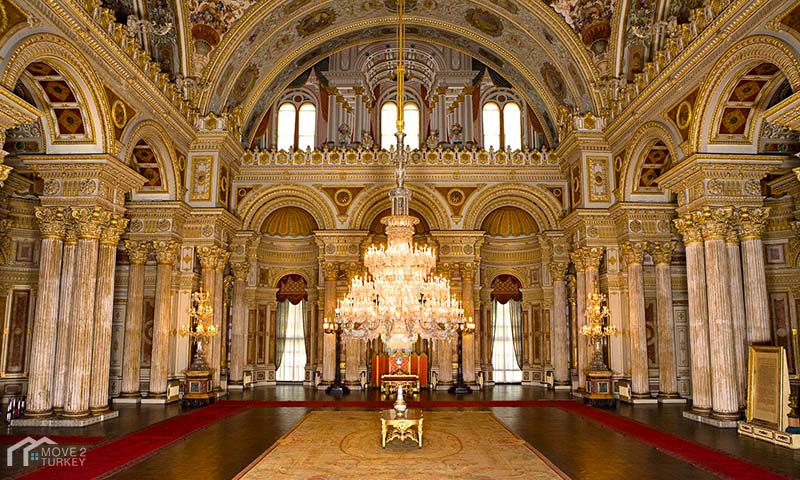
Süleymaniye Mosque – Istanbul
Constructed in 1557 by legendary architect, Mimar Sinan, the Süleymaniye Mosque,came to symbolize the greatness of Süleyman the magnificent. It stands on top of the 3rd hill dominating the Golden Horn and contributing to the skyline of Istanbul. The mosque is the one of the largest mosques in Istanbul and is one of the most popular sights.
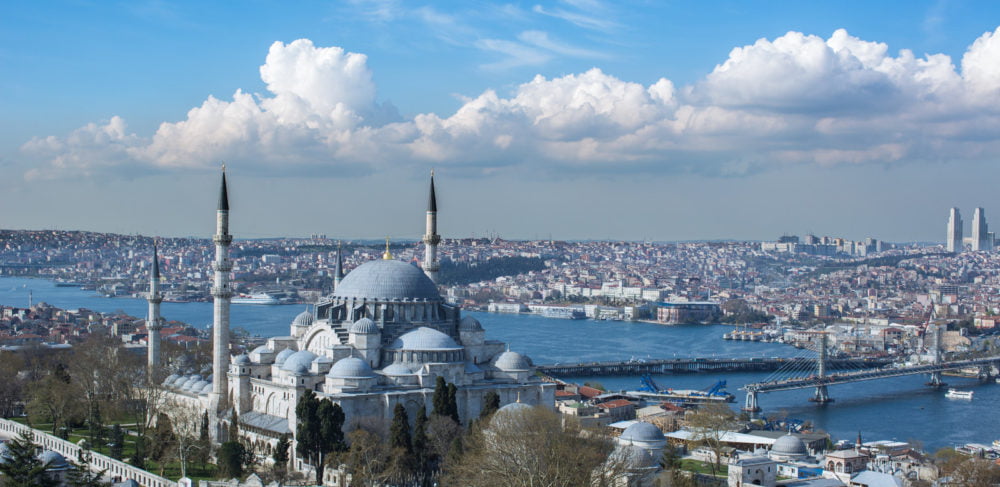
Topkapı Palace – Istanbul
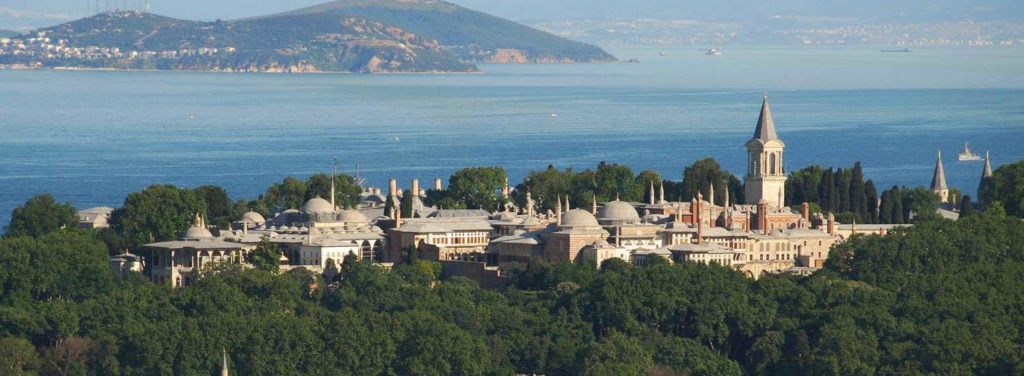
Built between 1472 and 1478, Topkapı Palace was the home of the sultans and the centre of Ottoman power for 400 years, during which time it was a work in progress as successive sultans added new buildings and made alterations.
Surrounded on three sides by the Marmara Sea, the Bosporus, and the Golden Horn, Topkapı Palace is located on a hill atop Istanbul’s Old City. It’s spread over four courtyards and 400,000 square meters of gardens, buildings, gates, and fountains.
Sultanahmet Mosque (Blue Mosque) – Istanbul

Constructed between 1609 and 1616 for Sultan Ahmet I by the architect Sedefkar Mehmet Ağa. The mosque is known as the Blue Mosque because of the exquisite blue Iznik tiles which decorate its interior. It is also the only mosque to have six minarets.
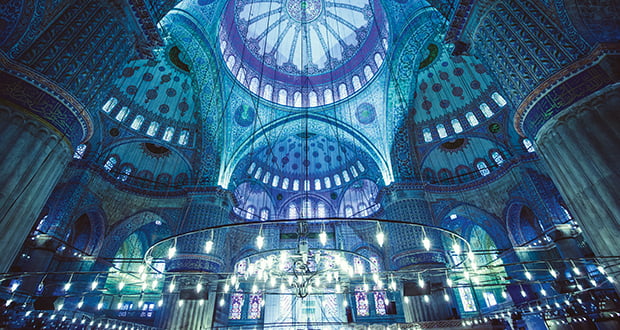
İshak Paşa Palace – Doğubeyazıt
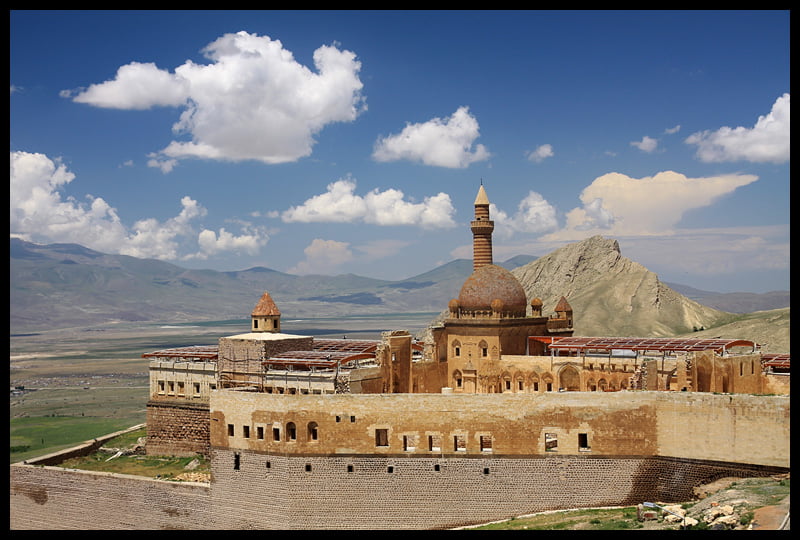
İshak Paşa Palace is an unexpectedly intricate pearl of architecture, contrasting its beauty with a mountainous, sometimes drab, landscape. Part of the unique character of this palace is its remote setting. It was constructed by an Ottoman governor on an important trading route and is a mixture of Ottoman, Persian and Seljuk styles. It was built between 1685 and 1784.
Source: Discover Turkey
Featured photo: Haydarpaşa Station, Istanbul.
This article was first published on 27 January 2018.

